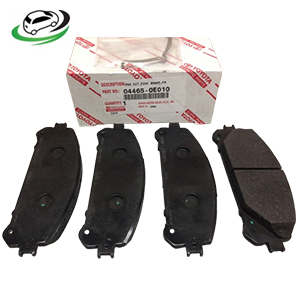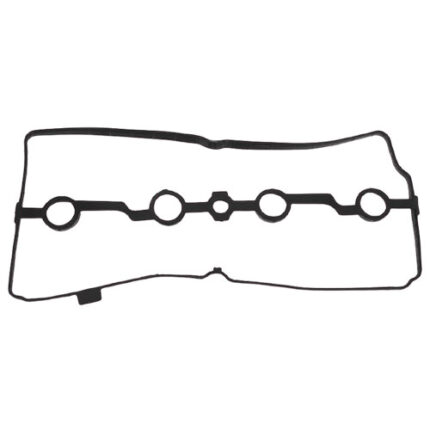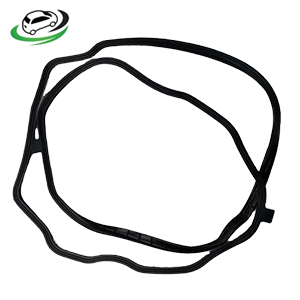Get Geniune Gasket, cylinder head cover Honda Fit 12341RB0003
The gasket for the cylinder head cover, often referred to as the valve cover gasket, is a critical component in an internal combustion engine. It serves to seal the gap between the cylinder head and the valve cover, preventing oil leaks and ensuring the proper functioning of the engine. Understanding the function, types, common issues, and maintenance of the cylinder head cover gasket is essential for maintaining engine health and performance.
Function
The primary function of the cylinder head cover gasket is to create a seal between the cylinder head and the valve cover. The cylinder head houses the engine’s valves, camshafts, and other components vital to the engine’s operation. The valve cover, also known as the rocker cover, protects these components and prevents debris from entering the engine.
The gasket ensures that engine oil, which lubricates the moving parts within the cylinder head, does not leak out. It also helps prevent contaminants from entering the engine. Proper sealing is crucial because oil leaks can lead to engine overheating, reduced lubrication, and potential engine damage.
Materials and Types
Cylinder head cover gaskets are made from various materials, each offering different benefits:
- Cork: Cork gaskets are flexible and can conform to the surfaces they seal. They are relatively inexpensive but may not be as durable as other materials.
- Rubber: Rubber gaskets, often made from materials like silicone or nitrile, provide excellent sealing properties and durability. They are commonly used in modern engines.
- Composite: Composite gaskets combine different materials to offer enhanced sealing and durability. They may include layers of rubber, metal, and other materials.
- Metal: Metal gaskets, often made from steel or aluminum, are used in high-performance engines where durability and heat resistance are critical. They are typically coated with a layer of rubber or silicone to enhance sealing.
Common Issues
Despite their importance, cylinder head cover gaskets can develop issues over time. Common problems include:
- Oil Leaks: The most common issue with valve cover gaskets is oil leakage. This can occur due to age, wear, or improper installation. Oil leaks can cause a burning oil smell, smoke from the engine, and decreased oil levels.
- Deterioration: Over time, gaskets can become brittle and crack, especially if made from rubber or cork. Heat cycling and exposure to engine oil and chemicals can accelerate this process.
- Improper Installation: If a gasket is not installed correctly, it may not seal properly, leading to leaks. This can happen if the gasket is not seated correctly or if the valve cover bolts are not torqued to the manufacturer’s specifications.
Symptoms of a Faulty Gasket
- Oil Spots: Visible oil spots on the ground under the engine or oil pooling around the valve cover.
- Burning Oil Smell: A noticeable smell of burning oil, often due to oil leaking onto hot engine components.
- Engine Misfire: Oil leaks can sometimes reach the spark plug wells, causing misfires.
- Decreased Oil Level: A lower-than-normal oil level without any external signs of a leak.
Maintenance and Replacement
Regular inspection and maintenance of the cylinder head cover gasket can prevent major engine issues. When replacing the gasket, follow these steps:
- Safety Precautions: Ensure the engine is cool and disconnect the battery to prevent accidental starts.
- Removing the Valve Cover: Unbolt the valve cover, taking care to remove any components obstructing access.
- Removing the Old Gasket: Carefully remove the old gasket and clean the mating surfaces on the valve cover and cylinder head.
- Inspecting for Damage: Check the valve cover for warping or damage, which could prevent proper sealing.
- Installing the New Gasket: Place the new gasket onto the valve cover, ensuring it is seated correctly.
- Reassembling: Reattach the valve cover and torque the bolts to the manufacturer’s specifications.
- Testing: Start the engine and check for leaks to ensure the gasket is sealing correctly.
Follow us on Facebook for more parts.



